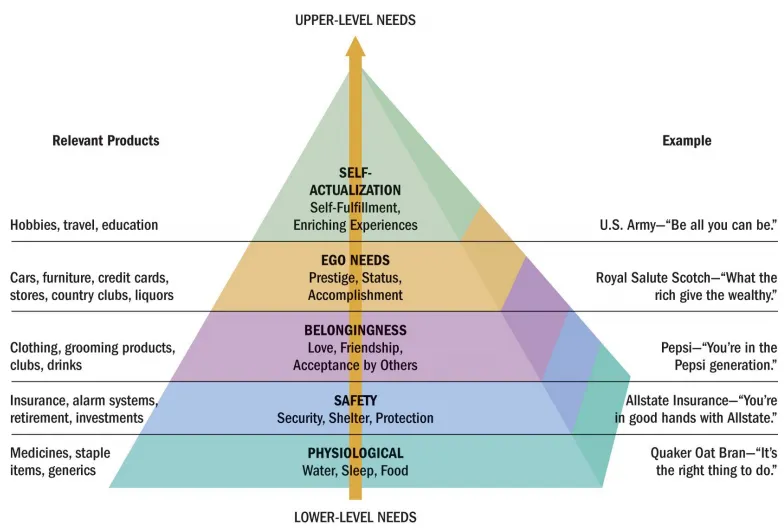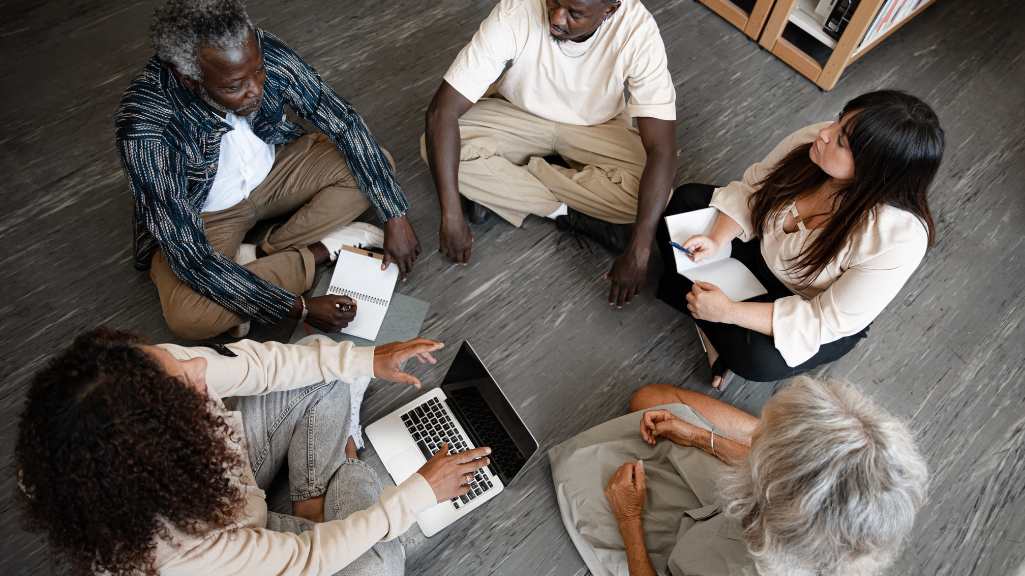Wonder why so many people were gravitating to sports during the pandemic lockdown. The whole of 2020 and 2021 was almost in lockdown.
During the pandemic lockdown, many people found themselves with extra time on their hands, leading them to explore new hobbies and interests.
In particular, sports became a popular choice for those looking to stay active and improve their physical and mental health. With gyms and other facilities closed, people turned to activities they could do on their own, such as running, cycling, or hiking.
As the pandemic wore on, it became clear that the situation was beyond anyone’s control. People began to focus on what they could control – their own actions and attitudes.
This led many to embrace the challenge of personal growth and development, using sports as a way to push themselves and strive for self-improvement.
In the book “Catalyst” by Chandramouli Venkatesan, the author notes that successful employees often have a passionate hobby that involves striving for self-improvement.
These hobbies are typically individual sports like running, cycling, or mountaineering, where the goal is to compete with oneself and achieve personal bests.
The author suggests that having a hobby like this can help individuals become more focused, disciplined, and motivated in their personal and professional lives.
As someone who was encouraged to pursue hobbies from a young age, I’ve seen firsthand how they can lead to personal growth and fulfillment.
Whether it’s through sports, art, or other activities, hobbies provide a sense of purpose and meaning that can be hard to find elsewhere.
However, as we get older, we often prioritize other aspects of our lives and neglect our own passions. It’s important to remember that personal development is an ongoing journey, and hobbies can be a great way to stay motivated and focused on self-improvement.
In recent times, I have noticed a common desire among many people – the urge to accomplish personal goals and be their own competition.
Rather than focusing on winning against others, individuals seem to be driven towards self-improvement and growth. This led me to ponder about the underlying motivations driving this behavior.
Upon reflection, I realized that Maslow’s hierarchy of needs could provide insights into this phenomenon.
Maslow’s hierarchy is a psychological theory that categorizes human needs into five distinct groups in hierarchical order. The five groups are physiological needs, safety needs, belongingness and love needs, esteem needs, and self-actualization needs.
According to Maslow, the most basic and fundamental needs of humans are physiological needs such as food, water, shelter, and sleep. Once these needs are met, safety needs such as physical safety, security, and stability become important.
After fulfilling safety needs, individuals are driven to satisfy their need for social interaction and belongingness.
The fourth level in the hierarchy is the ego or esteem needs, which include the desire for recognition, respect, and achievement. Finally, the highest level of need is self-actualization, which entails the need for personal growth, creativity, self-fulfillment, and the realization of one’s full potential.
Therefore, the drive towards self-improvement and personal growth that I have observed in people could be attributed to the desire to fulfill their esteem and self-actualization needs.
By setting goals and working towards them, individuals feel a sense of accomplishment and fulfillment, which ultimately leads to a better quality of life.

Abraham Maslow’s hierarchy of needs model, developed in 1954, is a valuable tool for understanding human motivation. The hierarchy is divided into basic (or deficiency) needs, such as physiological, safety, love, and growth needs, which include cognitive, aesthetics, and self-actualization.
The hierarchy proposed by Maslow is structured in the form of a pyramid, where the fundamental needs are situated at the lower levels and the more intricate ones at the topmost level.
The pyramid illustrates that at the foundation of our needs lie the most essential physical requirements, such as sustenance, hydration, rest, and comfort. Once these indispensable needs are fulfilled, we can progress to the next level of safety and security. As we rise through the pyramid, our needs become increasingly psychological and social. Ultimately, the need for emotional connection, companionship, and closeness takes on paramount importance.
The satisfaction of these needs allows the individual to advance to the ego needs. Inwardly-directed ego needs include self-esteem, achievement, uniqueness, and independence, whereas status, prestige, reputation, and social recognition come under outwardly-directed ego needs.
At the top is the need for self-actualization: striving to realize your full potential through education, travel, hobbies, engagement with environmental/social causes, etc.
The essence of this is that one should develop a striving sport in life, one that gives you a sense of achievement and self-development.
A hobby can be a striving sport if you are passionate about it and it helps you meet your achievement needs/goals.
I am getting back to skating and swimming, which I used to love in childhood. But, I can feel too full of energy and zeal nowadays.
I am happy and more willing to express and participate socially. I can excel professionally more and more. It’s all about the delicate balance and the need to excel yourself.
Read more articles exploring the dynamic interplay between design, user experience, artificial intelligence, and technology here.





Leave a Reply